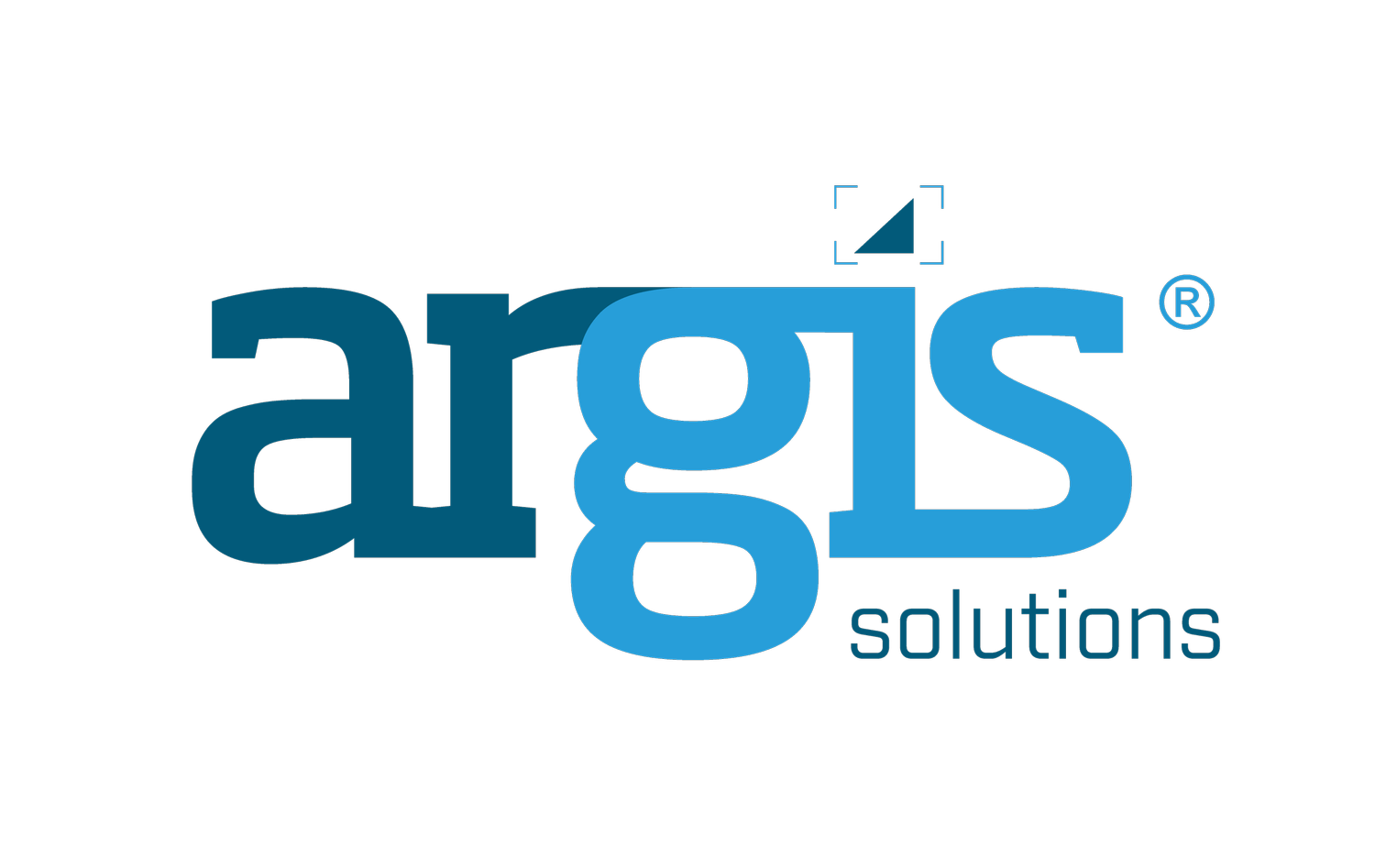An Analysis of the CGA’s 2018 DIRT Report: How AR Supports Damage Prevention
An analysis of common root causes of excavation damages and AR’s role in ticketing management and damage prevention.
The Common Ground Alliance is an association that represents the wide variety stakeholders involved in the underground utility industry. Its mission: promoting successful damage prevention practices. Excavators, Locators, Road Builders, Electric, Telecommunications, Oil, Gas Distribution, Gas Transmission, Railroad, One Call, Public Works, Equipment Manufacturing, State Regulators, Insurance, Emergency Services and Engineering/Design are all invited to participate in the CGA so that a broad and thorough view of damage prevention best practices can be perfected, saving lives while reducing and preventing damages.
These stakeholders are invited to self-report damage incidences each year so that the CGA can compile their yearly Damage Information Reporting Tool or DIRT Report. The 2018 DIRT Report, released this past September, is an analysis of 440,779 damages and near misses that occurred in that year. 2018’s report notes a 16% increase in estimated total damages from the previous year.
AR Technology’s Role in Damage Prevention
One key aspect of reported damages the DIRT Report examines in depth is the root cause of damages. Twelve out of the 26 root causes could be greatly improved by facility owners adopting advanced technology like augmented reality available through both Argis’ new augmented reality ticketing management system, ARTMS, and the Argis Lens.
The Argis Lens, a mobile app that allows user to view GIS data at the worksite in AR, is an effective damage prevention tool. The Lens documents work completed, not only with a map, but also with clear 3D visualization of GIS data. This data is available at the worksite, clearly communicating the available GIS data to involved parties. The image captured is time-stamped with locational coordinates, providing necessary documented positive response from the field, putting an end to questions regarding the work completed.
The ARTMS ticketing management system specifically manages the full process from receipt of 811 tickets to completion and positive response of tickets. It also manages the history of tickets with audit-ready reports that have the added benefit of detailed documentation AR technology can provide. Facility owners required to give positive response can now communicate with precision the information shared with stakeholders. Precise communication reduces damage exposure and the significant losses that can be incurred by a line strike.
These root causes can be loosely grouped into four different categories:
Locator Error/Site Marked but Incomplete/Tracer Wire Issues
ARTMS can be an excellent visual verification tool during the locating process. Comparing GIS data in AR with what the locator has marked highlights discrepancies between the GIS as-planned map and the actual buried infrastructure as located. This provides a second layer of confirmation and situational awareness so that the locator can ensure markings are correct and complete.
Incorrect Facility Record/Map
Viewing GIS data with ARTMS can reveal glaring inconsistencies between the data and what the user is observing in the field. When obvious differences are revealed via AR, an opportunity arises for GIS data improvement, which can help facility owners create future mapping with increased accuracy. It corroborates and confirms data accuracy, providing peace of mind. AR can also reduce human error.
Marks Faded, Lost or Not Maintained
Worksites are busy places—flags disappear, markings fade with weather and traffic. In snowy Colorado sometimes flags are planted in piles of deep snow with the snow then marked in paint. In just a day the snow can melt and disappear, creating an unmarked worksite. With ARTMS and high-quality GIS data, infrastructure can be visually documented regardless of environmental conditions. A growing number of damage prevention professionals envision AR as the next generation of technology superseding the 40-year-old technology of the magnetic locator, with AR soon becoming the authoritative source for situational awareness.
No Response
One of the challenges the damage prevention industry faces is that technology adoption hasn’t caught up with the legal responsibilities of facility owners. Often no response means facility owners are unable to stay on top of the overwhelming influx of marking requests. One of Argis’ clients, Crawford Properties, would receive email notification when positive response was required. Since upgrading their system to ARTMS, they feel confident they have comprehensive visual documentation, showing their resolution, while not having to increase their team to cover the requests or sacrificing safety. Facility owners who adopt ARTMS will quickly become much better at giving positive response and all clears directly from the field. The CGA recognizes emerging technologies can create opportunities for improvement in damage prevention.
AR Ticketing Will Become the Standard
The CGA DIRT Report is valuable, helping point stakeholders towards how to improve their responses to the legal responsibilities established by states. Most facility owners recognize their need for better field response tools. ARTMS reduces risk of human error by making it easy for field workers to give positive response from the field, while at the same time providing an audit-ready visual record of the job site. In time, AR ticketing will be the standard, not the exception, for better damage prevention practices.


